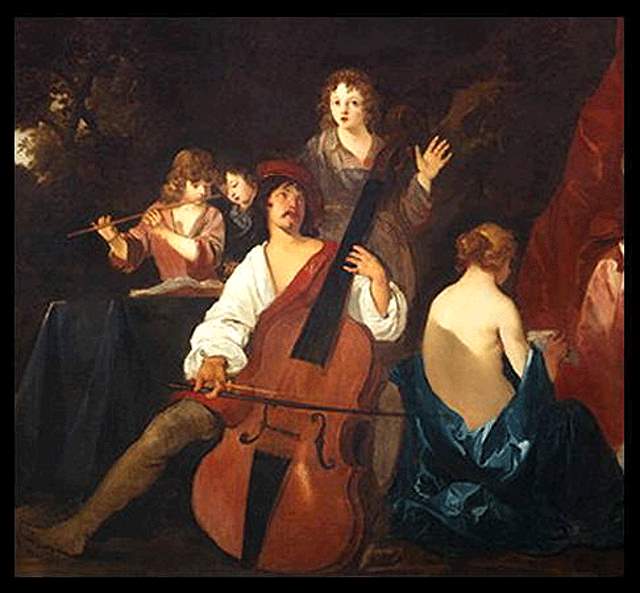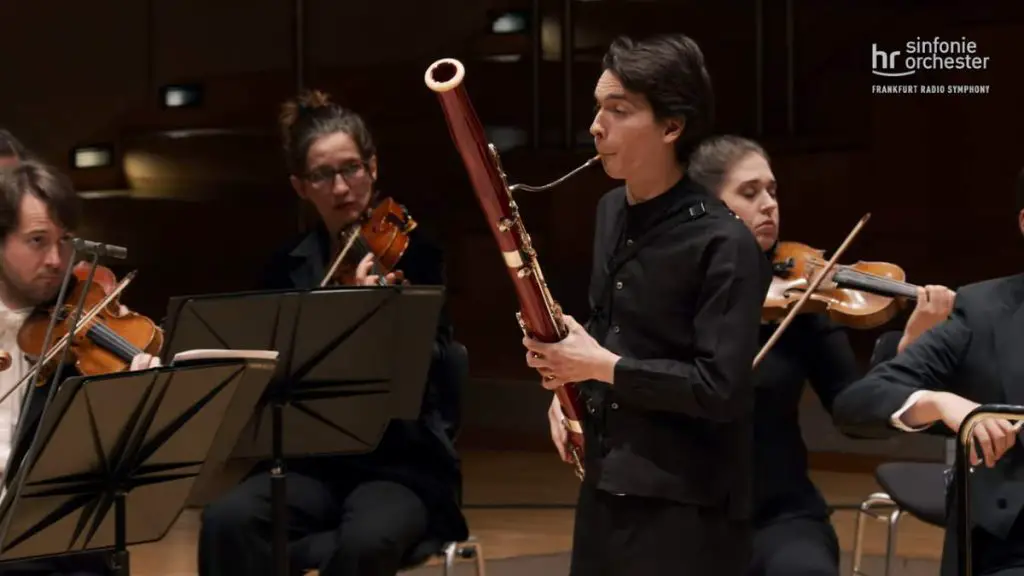Conducted by Leonardo Muzii, the Baroque Orchestra of the Early Music Department of Geneva University of Music (Orchestre Baroque Département de Musique Ancienne, Haute école de musique de Genève -HEM- Genève) performs Antonio Vivaldi’s Concerto in D minor, RV 566. Recorded live on February 3, 2013 at Temple de la Fusterie, Genève.
Performers:
- Violin 1: Amandine Solano (Solo), Saskia Birchler, Hélène Galatea Conrad, Vanessa Monteventi
- Violin 2.: Sue-Ying Koang (Solo), Diana Ruiz, Sergio Vanegas
- Alto recorder: Natalia Jaworska, Elena Listratova
- Cello: Ciprian Campean (Solo), Anne-Charlotte Dupas
- Bass Violin (see notes 1): Hélène Herengst
- Recorder: Marie Barbier, Jessica Baran Surel
- Oboe: Nicola Barbagli, Arianne Brückner
- Bassoon: Hye Min Kim
- Archlute & Théorbe: Machiko Yaganita, Dana Howe, Daniel Morais
- Harpsichord: Zlatoslava Vaskiv
Antonio Vivaldi’s Concerto in D minor, RV 566
Antonio Vivaldi’s Concerto in D minor, RV 566, is a vivid and dynamic work that showcases the composer’s skill in creating contrasting moods and textures within a single composition. This concerto, like many of Vivaldi’s works, is written for a diverse ensemble, allowing for a rich interplay of sounds and themes.
- Allegro: The first movement opens with energetic and brisk melodies, characteristic of Vivaldi’s allegros. The music is driven by a vibrant rhythm that propels the movement forward. The interplay between the soloists and the ensemble creates a lively dialogue, with rapid passages and bold dynamics highlighting the virtuosity of the performers.
- Largo: In contrast, the second movement, Largo, offers a serene and contemplative reprieve. This movement is marked by its slow tempo and expressive melodies, allowing the solo instruments to shine through with poignant and tender phrases. The lush harmonies and gentle pacing create a tranquil atmosphere, providing a beautiful contrast to the surrounding movements.
- Allegro: The final movement returns to the spirited energy of the opening. It is characterized by its lively tempo and the return of the vigorous themes from the first movement. The music is full of excitement and brightness, with the ensemble and soloists engaging in intricate and fast-paced passages that lead to a compelling and joyful conclusion.
Through these three movements, Vivaldi’s Concerto in D minor, RV 566, offers a journey through contrasting emotions and showcases the composer’s mastery in creating engaging and expressive music.
Notes
- Bass violin is the modern term for various 16th and 17th-century bass instruments of the violin (i.e. “viola da braccio”) family. They were the direct ancestor of the modern cello. Bass violins were usually somewhat larger than the modern cello but tuned the same or sometimes just one step lower than it.

Sources
- Bass violin on Wikipedia
- Concerto in D minor, RV 566 (Vivaldi, Antonio) on the International Music Score Library Project website

Very fed up trying to listen and watch all these tantalising Baroque gems, only to find they disappear after a couple of bars. What can I do to enjoy them????
Hi Angie,
Scroll a bit down on the opening page, video is there. Click on the “play” icon on the video. It may take up to five seconds to load.